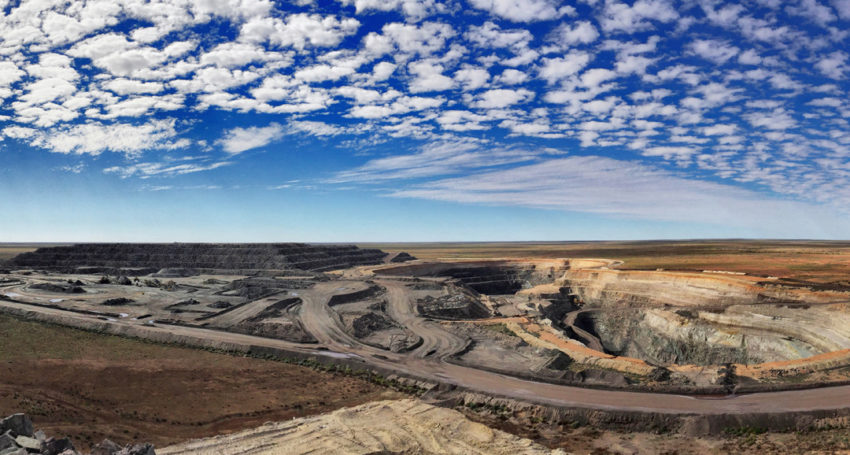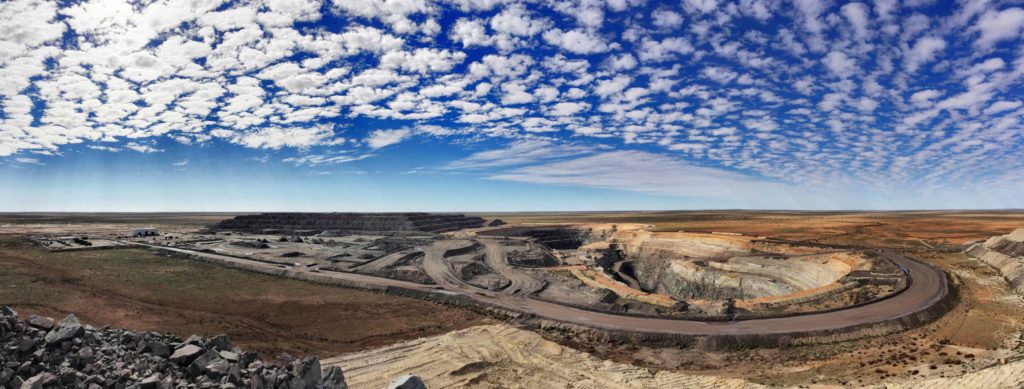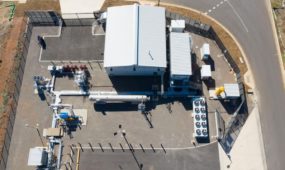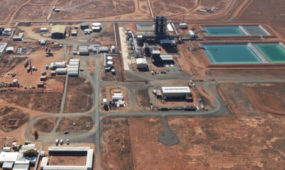Reinvigorated iron ore mine’s million tonne milestone
Resources & Energy
A decision to reopen an iron ore mine just after the market hit rock bottom is starting to pay off for a South Australian-based company.

Sign up to receive notifications about new stories in this category.
Thank you for subscribing to story notifications.

Private mining company CU-River Mining Australia has reached its one million tonne production target a little over a year since it began at the Cairn Hill mine, near the South Australian town of Coober Pedy.
Close ties with China – where about 90 per cent of the iron ore is exported – and low administration costs are helping the company thrive despite iron ore prices still being relatively low.
One of only two iron ore exporters in South Australia, CU-River Mining took control of the mine in December 2014, injecting a self-funded AUD $20 million to restart operations in June 2016.
Iron Ore recorded a 47 per cent drop in price in 2014, and reached a record low of US$37 USD per metric tonne in December 2015. This week the iron price was about $74 per MT.
“When we took over the mine we planned to export 900,000 tonnes of iron ore to China. Last month we achieved that target,” Corporate Service Manager Leo Liu said.
CU-River Mining sole shareholder and founder Yonggang Shan bought the mine from the liquidator of IMX-controlled entity Termite Resources in December 2014, following the collapse in iron ore prices.
The company has given the Cairn Hill mine, about 850km north of the South Australian capital Adelaide in an area famous for opals, a new lease on life.

CU-River Mining originally intended to extract copper and gold at the site but later switched its focus to iron ore magnate after securing investment from Chinese-based steel mill company JiuJiang.
Liu said maintaining a close export relationship with China helped bolster the company’s success.
“The success comes from Mr Shan, he’s a Chinese businessman who’s been in business for about 26 years. He understands the iron ore market and the demand in China,” he said.
“It took us about two years to restart the project and once we started, the iron ore price was increasing.”
CU-River Mining Australia Logistics Manager Mark Hoepfl said the decision to streamline costs by reducing the number of administration staff also boosted profits.
“We’re a very low-cost company. Being a private company we don’t have a board of directors, so it’s an extremely lean administration and management,” he said.
The company plans to develop a wet processing plant on the site to help double its production.
“We are currently waiting for approvals from the State Government for our second phase development. That would allow us an additional 12-month lease on production,” he said.
“With the wet processing plant we should extract two million tonnes of iron ore concentrate every year.
“This is a very brave future project plan.”
CU-River Mining Australia secured AUD $400,000 in funding from the South Australian Government through its Regional Development Fund to help reopen the mine.
South Australia has a close relationship with China across several industries and is a sister state to Shandong Province.
Hoepfl said strong cross-cultural relationships were vital to success in the iron ore industry.
“Companies really need to spend time in China themselves to make connections and gain respect from the Chinese,” he said.
“I think we’ve been working very well with them, they’re on the journey with us.”
South Australia is a globally important producer of copper, uranium and zircon.
The state also produces zinc, lead, silver, industrial minerals (including salt, silica sand and gypsum) and extractive materials (including dimension stone and opal).
Jump to next article



